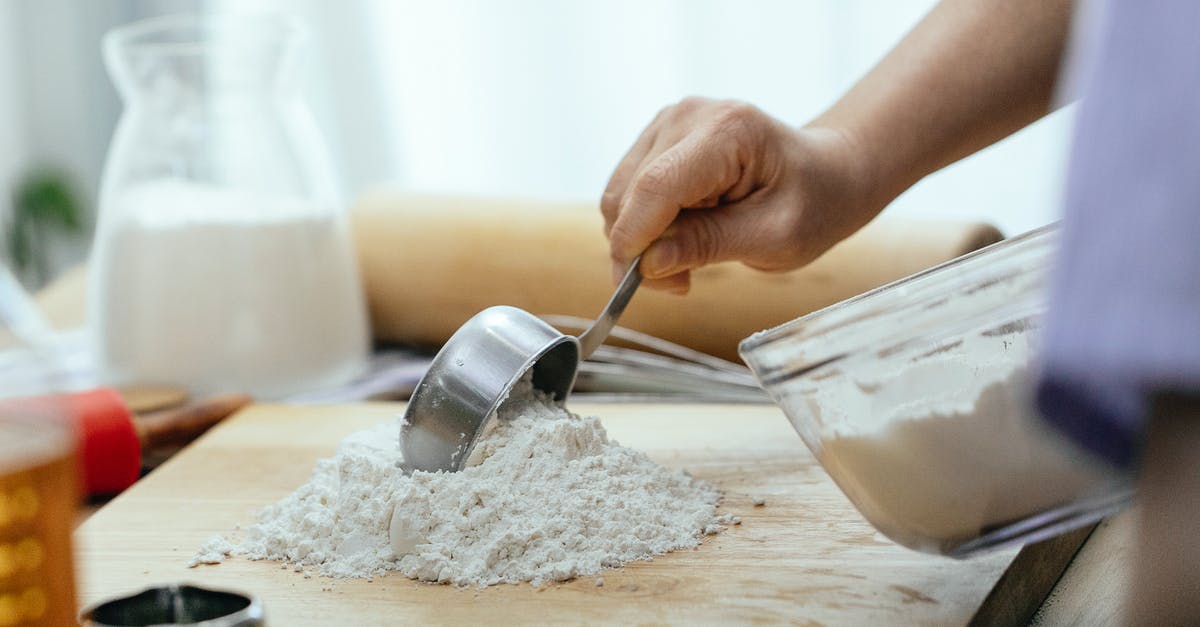Does (how does) cake batter consistency affect outcomes?

I've made lots of cake... usually in the form of mini cupcakes.
Generally I find a full cake recipe for a layer cake or even a sheet cake or bundt cake and just put it in mini cupcake pans and bake for about 12-17 minutes, depending on the recipe.
One thing I'm starting to realize is that batter consistency is absurdly varied. Some batters are practically water, like this chocolate cake recipe I made last night. It has very little flour and (228 g) compared to 414 g sugar and 2.5 cups of liquid (water, milk, oil). Other cakes turn out batters that are practically cookie dough thick. Most are somewhere in between.
What are the benefits and hazards of these different consistencies of cake batters? Does it affect crumb, moisture, doming? In the case of cupcakes rather than layer cakes, will one consistency produce more stereotypical cupcakes than others (e.g, say that thin batters make for little doming in the cake, that would be bad for cupcakes, which you want a nice dome on).
For the sake of clarity, let's say that the "target" for cupcakes is one that is:
- moist but holds together for hand-held consumption
- well-domed rather than flat-topped
- releases from wrapper easily
And, as a corollary, how can I determine (when picking recipes) which recipes will create different consistencies of batter - is there a liquid to flour ratio common to different consistencies?
Best Answer
I'll take a stab at this, based on my experiences and general knowledge of cake science. I don't know of any reference resources that directly address this question broadly.
Does cake batter consistency affect outcomes? Yes.
Can we straighforwardly predict the type of outcome based solely on consistency? Generally no.
Well, you can make some very broad generalizations about how thicker batters all other things being equal are frequently used to produce denser cakes, but even then it depends on what you mean by "consistency." (For example, some types of batter can be highly viscous but contain a lot of air, leavening agents that will produce such air in the oven, and/or lighter ingredients.)
But something brought up in comments is basically the problem -- there's too much "chemistry" to predict anything definite from batter viscosity (and whatever else is included in the term "consistency") alone. A thick batter with adequate leavening can make a light final cake. A thin batter without leavening can result in a dense "hockey puck." Moistness is subjective and hard to predict too, because it depends on bake time/temperature (which will determine amount of evaporation during baking), as well as the amount of rise (more air can make the final product seem "drier") and other ingredients (e.g., fats, proteins, and sugar content can have an affect on how we perceive "moistness" or how it is held in the baked structure).
Part of the problem is also what makes the batter "thin" or "thick," etc. This addresses the final question about whether ratios are predictable. They are to some extent. But unlike, for example, many types of "lean" bread, cake batters frequently have a complex set of ingredients that aren't easy as easy to predict as basic "hydration level" in bread. Aside from liquid like milk or water, you often have moisture content from eggs, as well as things like liquid fats which don't contribute to consistency the same as water but nevertheless also contribute to "thinness" of a batter. (And this doesn't even include possible other additions like fruit, syrups, etc.) Air content will also greatly influence apparent consistency, so it's not just whether you add butter or eggs or whatever, but do you beat them as well? How much air do they retain when the batter is fully assembled?
It might be possible to create a sense of appropriate/predictable ratios for specific types of cakes with the same general mixing method. But I think there's too much variety among cakes overall to generalize for all cakes.
The final two points concern wrapper sticking and doming. The former is perhaps related to moisture, but it mostly has to do with having enough gluten or other binding agent so wrappers can be pulled off without the cupcake crumbling apart. Since so many different ingredients can contribute to hold the cake together, it's difficult to relate that directly to consistency.
Lastly, doming: again, batter consistency is very important here, but it's only one factor. A persistent dome requires several things to happen:
Leavening amount has to be calibrated to be enough to cause the batter to rise, but not so much that only large bubbles are formed that rise and burst out of the top of the batter while baking. Batter viscosity is important here, because a batter that is too thin will allow too much bubbling out, but a batter that is too thick may not rise adequately under the weight. (Thin batters will obviously thicken during baking, so leavening has to survive until batter viscosity increases enough to create structure.)
"Crust" begins to form early enough to trap bubbles inside the top center of batter.
"Crust" must be flexible enough (not thick or firm) to allow the center to keep expanding.
Expansion of internal gases (either due to temperature rise alone or in combination with leavening-produced gases) must continue long enough to provide support while the structure beneath the dome "sets."
Oven temperature and browning agents must be calibrated so the batter sets completely internally before the exterior burns. Also, some structural proteins can shrink significantly as they lose moisture, so baking must be completed before too much of this can occur.
Bottom line is that there's a lot of consistency-related factors in this process, but very different types of batters can still produce a sufficient rise and a dome (as well as "moistness" and other factors in the question).
Pictures about "Does (how does) cake batter consistency affect outcomes?"



What should the consistency of cake batter be?
A cake batter should be fluffy. This means that the batter is aerated and will rise when baked. Secondly, it shouldn't be overly thick or overly runny. A thick batter makes a dense, heavy, and stiff cake.What happens if the cake batter is too liquidy?
your best bet would be add more flour to the batter to thicken it up. try adding small amounts until the batter is the right consistency.What happens if cake batter is not mixed properly?
If your recipe is out of balance and you have too many structural components and not enough weakeners, you make have a beautiful looking cake that is tall and fluffy, but it will likely be tough, chewy and unpalatable.Why is it important to use the correct amount of batter when baking a cake?
The tin is too small for the amount of batter \u2013 There's only one way for cake batter to go \u2013 up! If the surface area of your tin is smaller than the recipes asks for, your cake will bake faster on the top and sides. This leaves the middle to rapidly rise up as it bakes, inevitably doming and then cracking.Problems With Overmixing Cake Batter \u0026 How To Avoid It
Sources: Stack Exchange - This article follows the attribution requirements of Stack Exchange and is licensed under CC BY-SA 3.0.
Images: Katerina Holmes, Vlada Karpovich, Paola Vasquez, SHVETS production
